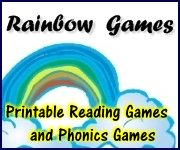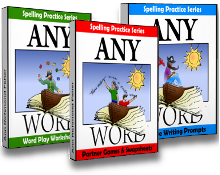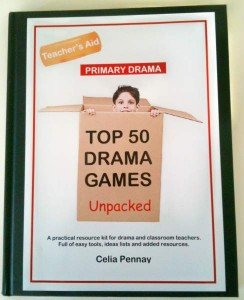Parts of a Paragraph
Creative Activities for How to Write Paragraphs
The parts of a paragraph are foundational to writing well-structured paragraphs, which in turn build well-structured essays. Use these mutiple intelligence lesson plans to write perfect paragraphs! With these simple creative writing activities, students learn to write organized paragraphs about any subject using a title, a topic sentence, three supporting sentences, and a concluding sentence. Along the way, kids are practicing sentence structure, punctuation, and related grammar skills.
A happy bonus: these hands-on activities also help students to excel on state writing tests!
With these simple creative writing activities, students learn to write organized paragraphs about any subject using a title, a topic sentence, three supporting sentences, and a concluding sentence. Along the way, kids are practicing sentence structure, punctuation, and related grammar skills.
A happy bonus: these hands-on activities also help students to excel on state writing tests!
Parts of a Paragraph
Multiple Intelligence Connections
Before we begin our paragraph activities, let's take a look at how these creative writing activities connect to each of the nine multiple intelligences:- Verbal-Linguistic: writing sentences; restating the parts of a paragraph; writing paragraphs
- Math-Logic: charting the parts of a paragraph; using a paragraph chain; writing paragraphs about numbers
- Spatial: creating a paragraph stoplight; using color to identify the parts of a paragraph
- Bodily-Kinesthetic: assembling paragraph chains; touching the chain links while explaining the parts of a paragraph
- Interpersonal: write paragraphs with a partner
- Intrapersonal: write an autobiographical paragraph
- Musical: clap out paragraph parts to a rhythm
- Naturalist: write paragraphs describing nature scenes
- Existential: write paragraphs for character education topics
Now that we've seen how easily multiple inteligence lesson plans can be designed to teach the parts of a paragraph, let's begin with our first activity: making paragraph chains.
Paragraph Chains, Link-by-Link!
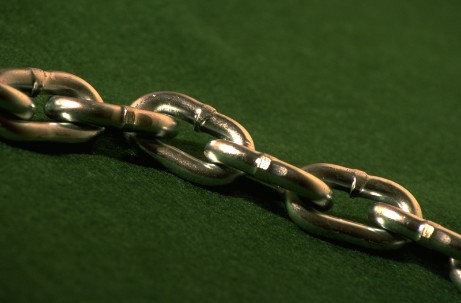
- Explain to your students that, as a general rule of thumb, a paragraph will average five complete sentences: a topic sentence, three supporting sentences, and a concluding sentence. With practice, more sentences may be added, but as an introductory activity, five sentences are all students need to write. Also explain that each writing assignment, whether one paragraph or more, needs to have a title.
- Each student should cut six strips of construction paper: one white strip, one green strip, three yellow strips, and one red strip.
- On the white strip, write title of the paragraph
- Explain to students that the topic sentence introduces the paragraph and gives indication of its content. On the green strip, write introduce the content of the paragraph. Just as green represents "go" on a stoplight, the green color signals the beginning of the paragraph.
- Next explain that supporting sentences provide more details and information about the topic sentence. On the yellow strips, write details about the topic sentence. As the color yellow is found in the middle of a stoplight, so yellow represents the middle of a paragraph.
- Now explain that the concluding sentence restates the content and closes the paragraph in a newly worded way. Write restates what the paragraph is about on the red paper strip. As a red light signals a driver to stop, the color red represents the end of the conclusion of that specific paragraph.
- Staple or tape the six paper strips in correct order. Have kids touch each link and explain the meaning of each part. Chains may be taped to desks or tables as references for paragraph writing activities.
Paragraph Stoplights
Using instructions similar to Paragraph Chains, have kids create paragraph stoplights. Both the chains and stoplights serve as visual graphic organizers for learning how to write paragraphs.How to Write Paragraphs, Step-by-Step
- First, review with students the main parts of a paragraph: topic sentence, supporting sentences, and concluding sentence. Don't forget the title!
- Write a simple sample paragraph on the board, and ask students to copy the sentences. Then have them use a green highlighter pen to highlight the topic sentence, a yellow pen to highlight the supporting sentences, and a red pen to highlight the conclusion.
- Now students are ready to write a simple paragraph. Choose a familar topic, such as a favorite season. Brainstorm descriptive words and phrases, and then write the paragraph.
- Students may use highlighter pens to differentiate the parts of their own paragraphs, as in the above exercise.
- Edit paragraphs and then rewrite them neatly. Add appropriate illustrations.
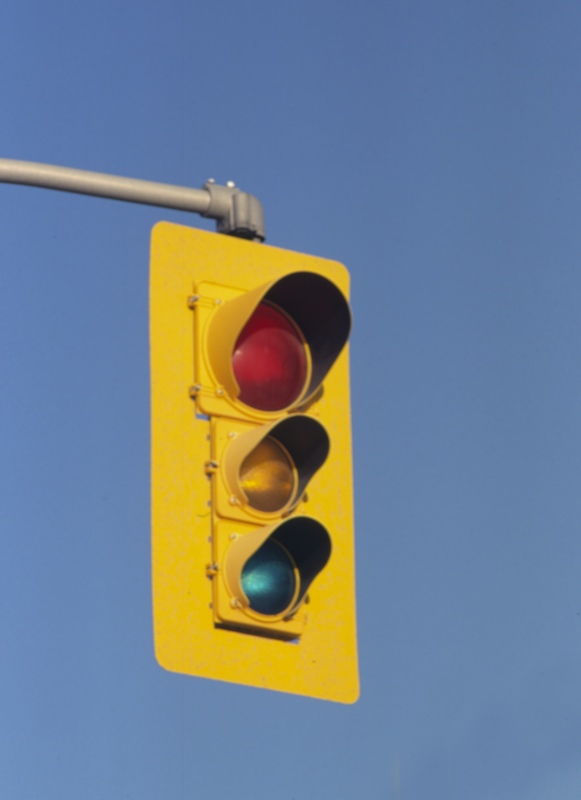
Evaluation: check for the following:
- Does the paragraph have a title?
- Does the paragraph contain a topic sentence?
- Does the paragraph contain three supporting sentences?
- Does the paragraph contain a concluding sentence?
- Are grammar, punctuation, and spelling correct?
- Has it been rewritten correctly?
- Does the illustration reflect the writing?
By using these simple hands-on creative writing activities, you can give your students a solid foundation in understanding paragraph structure. Years from now, as they edit "chains" of paragraphs for high school essays, they'll remember making those colorful chains representing paragraph parts! "Ah," they'll think. "Green is my topic sentence...here it is! And yellow is my supporting thought..."
Isn't that a wonderful thought!
Return from Parts of a Paragraph to Creative Writing Activities
Return from Parts of a Paragraph to Creative Writing Ideas and Activities
Helping You Write Across the Curriculum!
copyright 2009-2013 www.creative-writing-ideas-and-activities.com
Our Most Popular Pages
5. Writing a Personal Narritive
10. Elements of Persuasive Writing
Recommeded Resources:
AnyWord(TM) Spelling Practice Series!
Worksheets, games and activities to use with any spelling words. Three volumes in all!
Stop Essay Pain!
LitWorks.com
Resources to help students prepare for literature examinations.
Teach Kids Drama!





